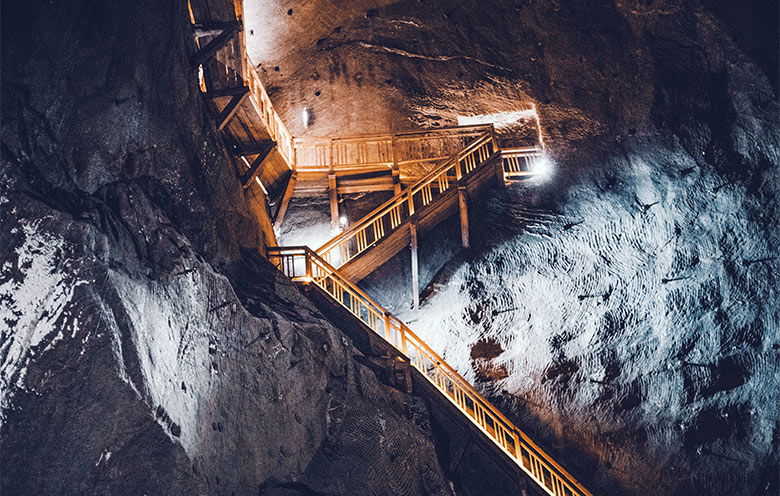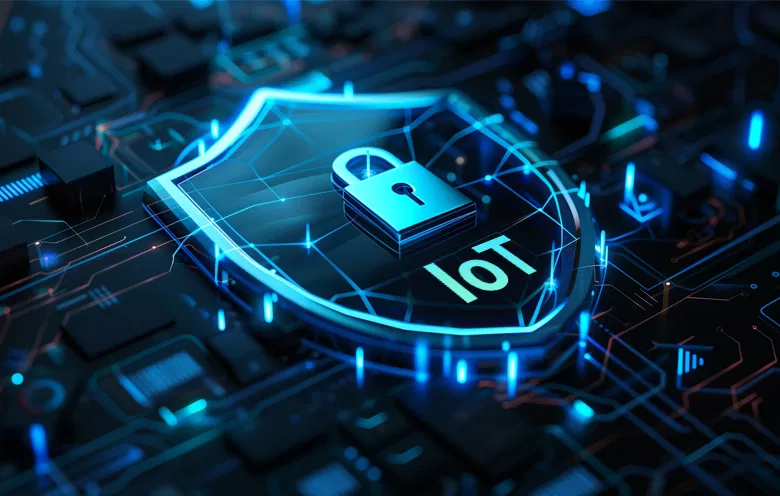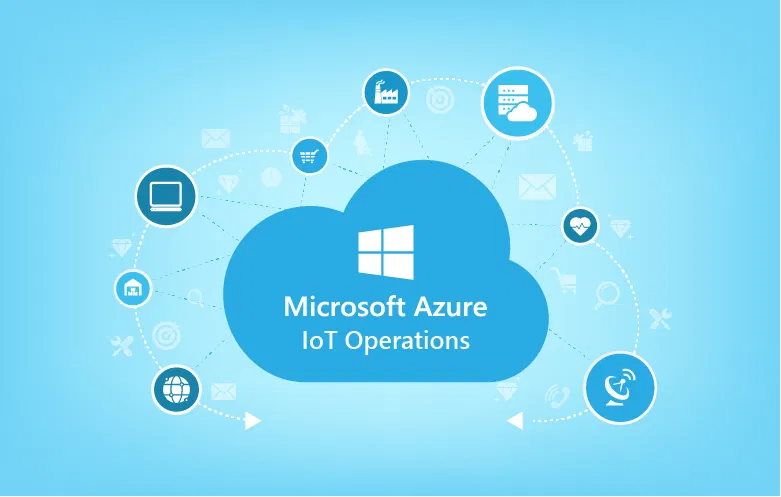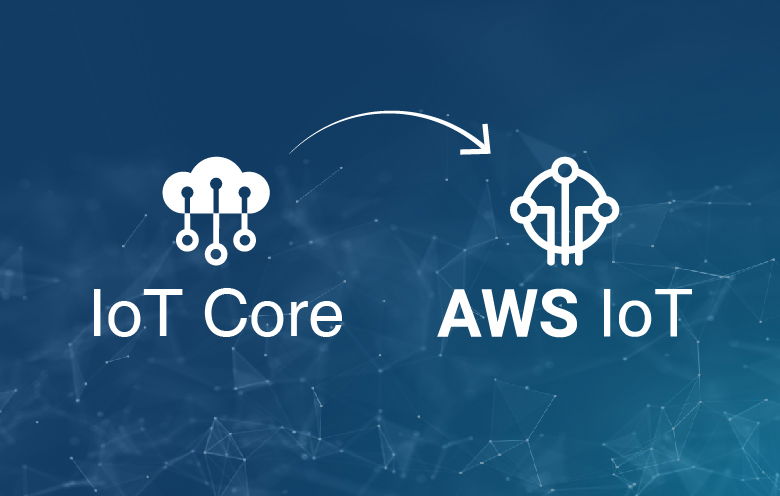The current scenario in mining
In the digital era, the technology is rapidly transforming how businesses operate. Asset-intensive industries such as utilities, oil & gas, energy, construction and manufacturing are increasingly adopting IoT solutions such as connected worker to conduct operations more efficiently and reduce costs. Mining is one of the industries in which workers have to work under extreme conditions as per the requirement and hundreds of workers die from mining accidents and occupational diseases every year. In order to coordinate various tasks and ensure mining safety, there’s a dire need to install underground monitoring and control systems.
Though the total number of fatalities reported by all mines is decreasing, companies are looking for a much-needed turnaround with respect to worker safety and productivity.
Common challenges that the mining industry is facing currently
Workers’ health and safety
Mining is a risky job. Traditional problems such as hearing loss due to hazardous levels of noise, lung diseases due to coal dust inhalation and chemical hazards still stand. The risk of collapse greatly increases with mines getting deeper. Moreover, increasingly unpredictable climate and surface temperatures make the conditions worse. Mining companies have to install efficient ventilation systems that keep workers safe from dangerous fumes.
Access to energy
Depending on what is being mined, companies have to rely on rental power solutions as resources in some areas become depleted or scarce. As more and more mines are established in off-grid locations, it becomes difficult from a financial standpoint to build permanent power infrastructure to service the mine. That’s why companies are eyeing scalable microgrids in mines to fulfill power requirements.
Environmental footprint
Mining is a carbon-intensive industry and it’s more disturbing to the environment. Its adverse effect on the environment includes erosion, biodiversity loss and pollution of surface water, groundwater and soil.
Other challenges include increased operational costs, productivity issues, increased environmental requirements, production efficiency and reliability, labor shortages, etc.
With almost every industry leveraging new technologies to foster greater efficiency, cost savings and growth, the mining industry is also following suit. Today, mining companies are looking to IoT to increase the automation of business operations and gain a competitive advantage.

How to achieve increased worker safety and productivity with IoT
Webinar agenda
- Impact of digital transformation and the opportunities it brings
- Major risk factors for workers
- Real-world connected worker use cases to improve safety
- What steps you can take to get started
How IoT is changing the mining industry
The ability to collect data in near real-time and analyze equipment and environmental data can completely transform the mining industry. Many mining companies have begun to partner with IoT experts and smart solutions providersto monitor operations and improve overall efficiency. Companies are deploying connected worker solutions and fundamentally transforming mining while improving worker safety.
Below are some of the ways IoT is driving innovation in the mining industry.
Get real-time data and analytics
As companies adopt IoT and connect their assets, it results in large volumes of data related to machines, safety, the operational environment, production processes and other aspects of operations. Real-time analytics helps companies to understand possible process variability and deviations. Analyzing the collected data and generating meaningful insights can help miners to take effective actions, make changes to drive higher process efficiencies and combat safety threats.
Improve traceability and visibility
IoT automates tasks and limits human intervention while providing real-time visibility into critical operations. It empowers supervisors and operators to analyze data related to drilling, pit controlling, mine planning, worker status and location, etc. with the help of visual graphs and tools.
Standardize processes
As companies can better monitor their existing processes, they can regulate it and make operations highly agile. As companies collect more data, they can introduce new business models and generate new revenue streams.
Increase worker safety
Worker safety has been one of the biggest issues in mining for a long time. Obvious risks of any mining operations include large pieces of equipment around often confined spaces, inability to monitor workers’ health, poor visibility and toxic gases that create hazardous environments. Wearables and gas detection sensors monitor the levels of flammable and toxic gas in an environment and alert workers or supervisors so that ventilation and airflow can be kept to optimal levels.
IoT can play a significant role to ensure worker safety in far-flung locations and extreme environments. Wearables like a smart helmet, wrist band and smart vest can address potential health risks by constantly monitoring vital signs, cardiac activity and real-time location. This helps supervisors to anticipate and take precautionary steps to avoid potential threats.
Predictive maintenance
Using smart sensors, companies can collect critical data from vehicles, equipment and products across multiple processes and provide them with insights into equipment functionality. Further analysis of the collected data helps operators to predict potential threats and avoid sudden downtime. Predictive maintenance helps companies to not just cut costs but also optimize machinery for greater performance and throughput.
Cloud-based logistics
With the help of cloud-based logistics and a load-sharing platform, mining companies can execute and manage sales contracts, manage inventories and product flow, determine the price in real-time while optimizing costs and removing the possibility of human error. Remote monitoring of loaded trucks can help companies to optimize routes and ensure that trucks depart with the exact weight to optimize fuel consumption.
Smart inventory management
Mining companies have to keep spare parts handy for unexpected repair and maintenance. In many cases, some parts aren’t even used and eventually become obsolete. With the help of analytics, companies can optimize the quantity of spare parts, issue orders at the appropriate time and sell any unused inventory before it becomes obsolete.
Take away
IoT has far-reaching use cases for the mining industry. Present technology based on sensors, smart gateways and long-range wireless communication protocols can help you build smart solutions to reduce hidden dangers of mines and transform your business. IoT can help you overcome shortcomings of the traditional monitoring and control system while enabling companies to establish a unified monitoring system to automate processes, provide a safe working environment, enforce compliance effectively and control environmental situations.



